Not everyone can say they have their own source of water like you can… especially not those city dwellers. While it’s all yours, you are completely responsible for making sure it’s the best it can be.
You want to maximize your hydroponic crop yields and you want to drink the best quality water for your health too. There are a few things you’ll want to keep in mind when figuring out the best water filtration system for your well water.
Assessing Your Well Water Quality
Before you choose a reverse osmosis system, you’ll need to get a well water quality report. A water test from a reputable company will reveal the presence of heavy metals, bacteria, viruses, and total dissolved solids (TDS), such as minerals and salts that might affect the choice of water systems.
With these results, you can determine if you really need an RO system or not.

Water Supply Checklist
The needs of your crops or house supplied by your private well water involves looking at factors like water pressure, flow rate, and the existing pollutants.
- Low water pressure: When the pressure is below 60 psi you’ll probably need a high quality RO Booster Pump. This will help you produce more pure water faster, even if you have low water pressure.

- Slow flow rate: There are several things that can increase flow rate from your RO System.
- First make sure you have clean sediment and carbon filters. Clogged filters will restrict the amount of water flowing through the filter system.
- Second, make sure your system is capable of producing enough water. RO systems are available in a variety of sizes, usually proportionate to the number of RO Membranes, which is typically the main limiting factor.
- Finally, warm or hot water flows through the RO filters much faster than extremely cold water. See for yourself by using our RO Flow Rate Calculator to adjust RO’s source water temperature. You’ll see somewhere around a 40% boost in production by increasing the temperature from 77°F to 100°F!
- Pollutants: Some well water might be rich in calcium, sulfates, nitrates, or contain high levels of iron, which will harm your crop’s yields. Any high quality reverse osmosis water filtration system comes equipped with several powerful pre-filters and contaminant removal filters, including De-ionizing cartridges. Alternatively, water supplies with moderate TDS might require standard RO systems, reducing the necessity for more advanced and costly configurations.
It’s really important to measure the initial and ongoing effectiveness of any water purification approach, especially reverse osmosis.
Testing the water’s TDS levels before and after installation provides a clear picture of your new system’s efficiency in delivering clean water. This step helps to make sure your reverse osmosis system can consistently meet your crop’s target water quality.

GrowMax Water Power Grow 500 Reverse Osmosis System
Top of the line three-stage 150 Gallon per Day, small reverse osmosis filter by GrowMax.
Comes equipped with a sediment and carbon pre-filters, single membrane, pressure gauge, garden hose connector, and ball shut-off valve.
Perfect to fill up a storage tank for your hydroponic gardens. Remember to get a float valve too.
Identifying Key Features of Reverse Osmosis Systems
The effectiveness of a reverse osmosis system in treating well water lies in its features.
Extremely High TDS Water
Depending on how contaminated your well-water is, you might want to add more pre-filter stages. Anything above 800 PPM water is considered extremely hard water. While you’re well water system already has some basic sediment and carbon filters in it, you might want to add more to help out your RO system.
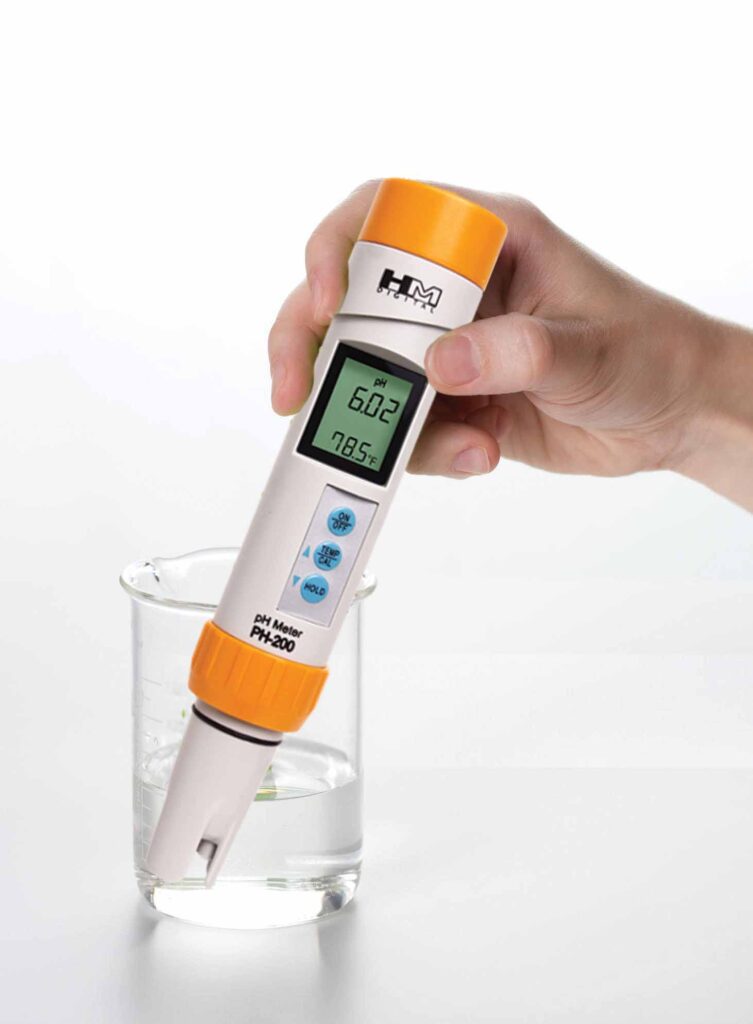
Flow Rate
If you need a lot of water flow, you’ll need a system with more or larger membranes and larger hosing. RO filter systems are sold in different sizes denoted by “gallons per day” or GPD.
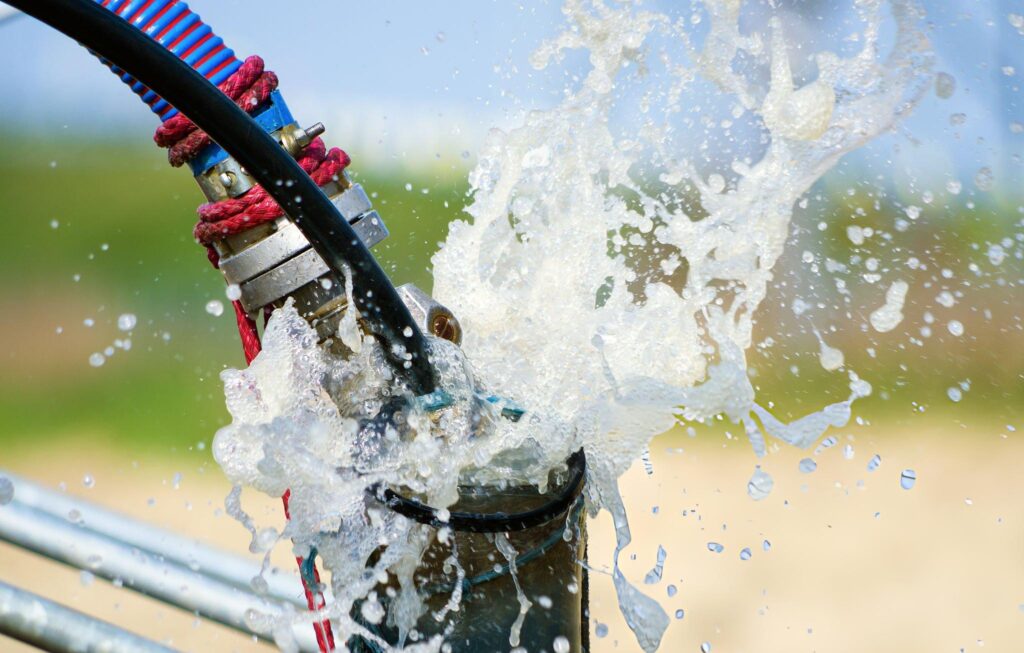
If your crop consumes a lot of water, then, you’ll probably want to get a system with a high flow-rate that can fill up large storage tanks with an auto shut off. GrowMax filters come with an auto shut-off valve included.
A system capable of producing higher gallons per day ensures a steady supply of clean water, even in farms or households with high pure water demand.
Maintenance
Remember to install the filter in an easy to access location!! If it’s under the sink, make sure you can pull it out to replace the filters. It can take a lot of leverage to loosen up the housings and get the filters out.
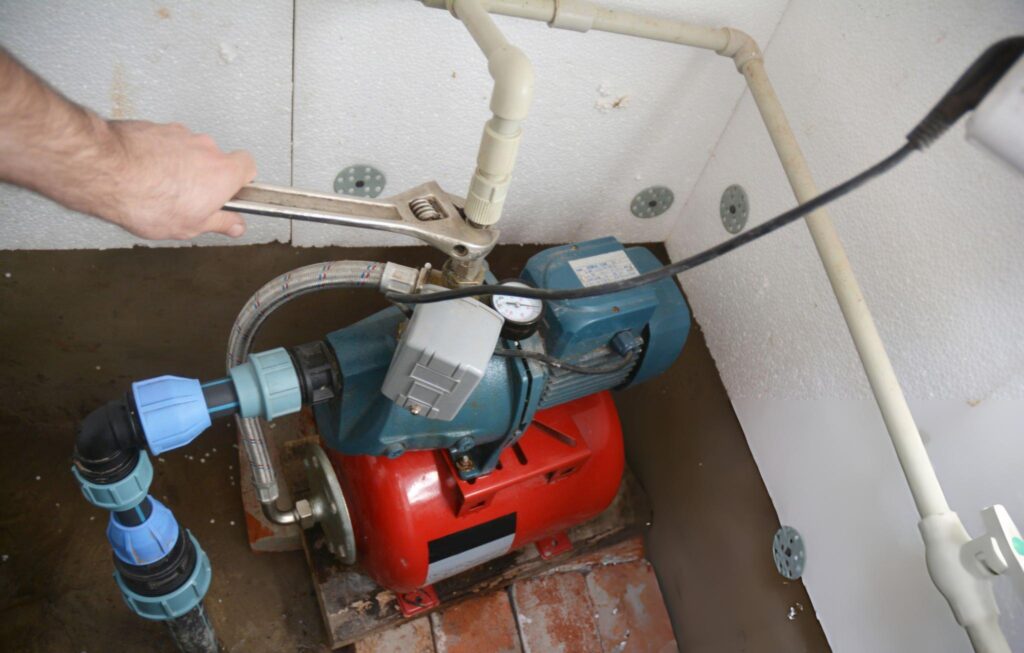
Auto Shut-Off Valves
In home systems a pressurized tank will eventually fill, and that will trigger the auto shut-off valve, but in a hydroponic farm situation the set up is different.
In hydroponic systems, you’ll probably hook up your RO system to a float valve that is attached to the side of a storage tank.
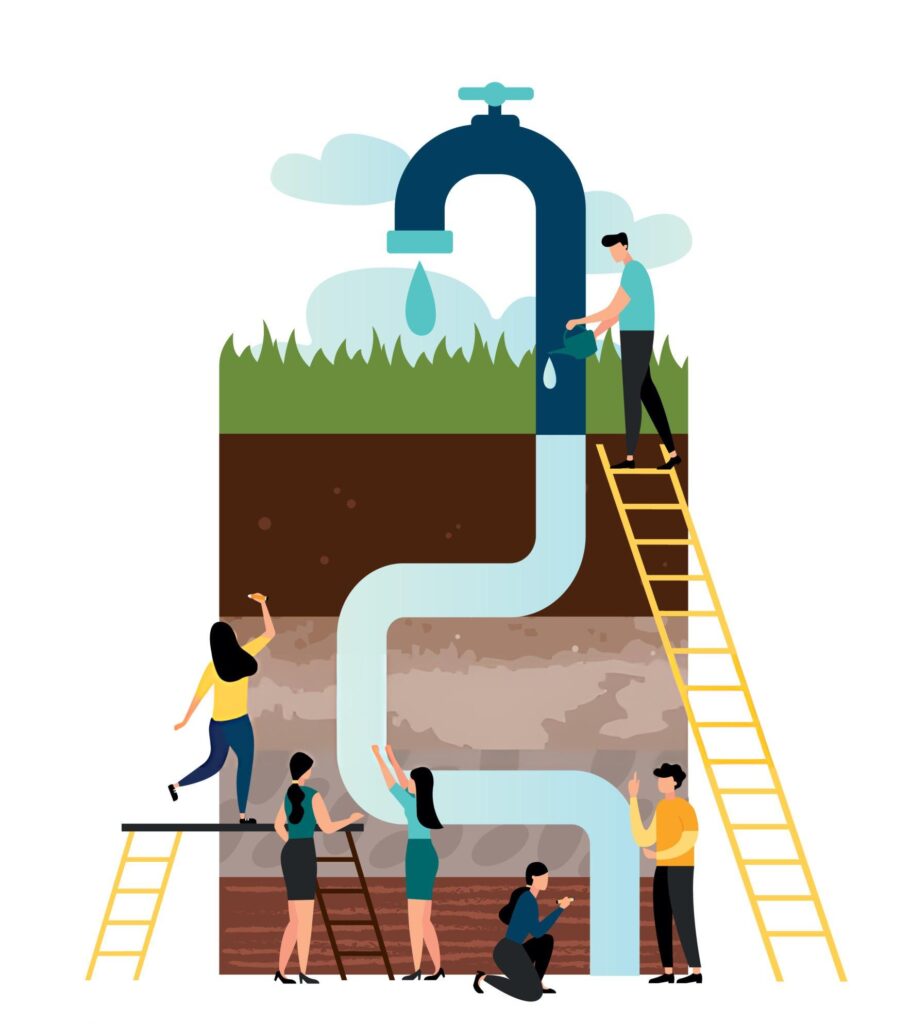
But sometimes you need to be creative. In the not-so-distant-past, I upgraded an RO system of my own to use an electronically powered shutoff solenoid that was triggered by an electronic float switch.
I found that the pressure controlled float valves usually require drilling into the side of the tank, and in my case I was filling 5-gallon glass jugs of water, so I needed something that worked from the top.
Whole House RO System
Let’s get this one misconception out of the way: a whole home RO system isn’t practical. Not at all. You don’t need to filter every drop of water in your house. If your water is far too hard for showering, you probably just need a water softener or you can just get a nice large sediment and carbon filter like the GrowMax Water Super Grow 800 Filtration System.
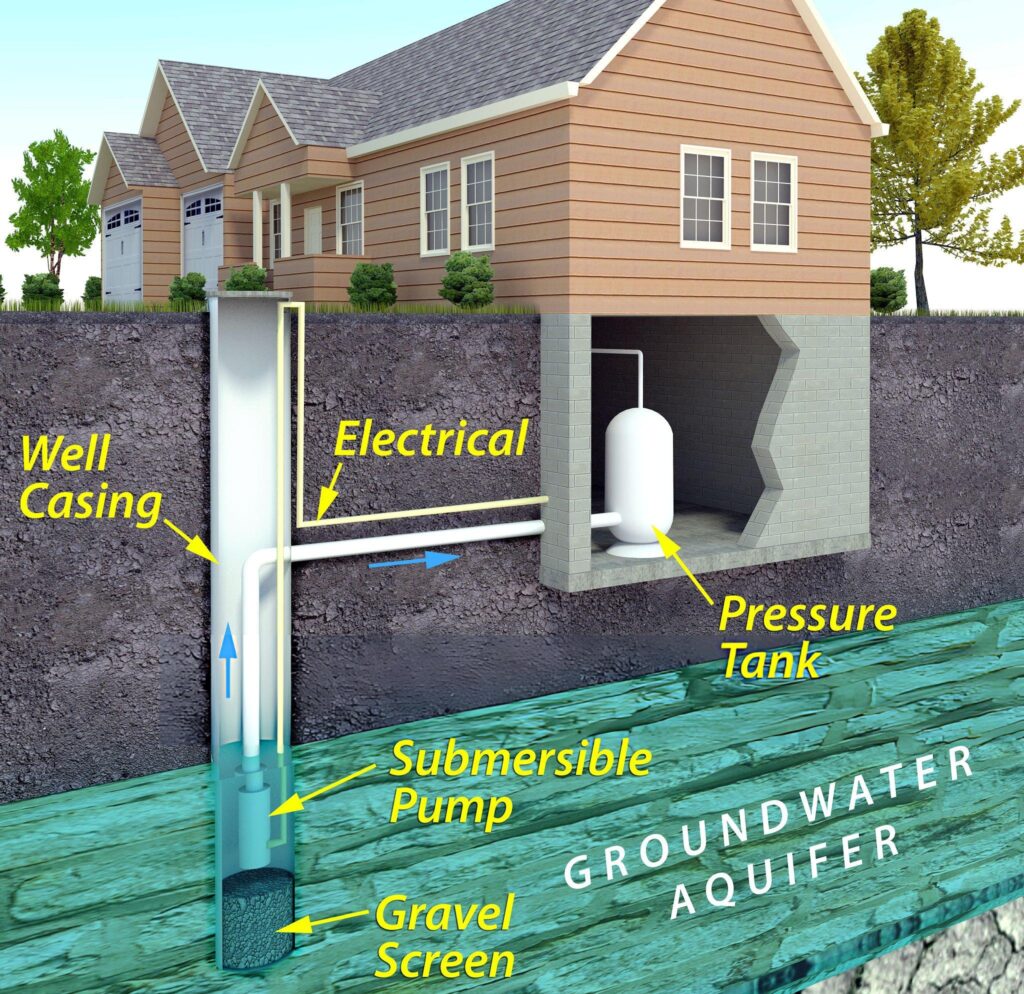
If you need pure drinking water, then, you probably just need to use an under-sink system with a pressurized tank. You can add a T-connector and send an additional hose over to your fridge or water cooler. That’s all.
Understanding Reverse Osmosis Technology
Reverse osmosis (RO) is a water purification technology that uses a semi-permeable membrane to remove nearly all ions, molecules, and larger particles from drinking water.
It’s an extremely powerful method for use in home and hydroponic water filtration systems. It is capable of eliminating bacteria and viruses, and delivering nearly pure water.
RO systems leverage the principle of osmotic balance to purify well water and other sources of supply.
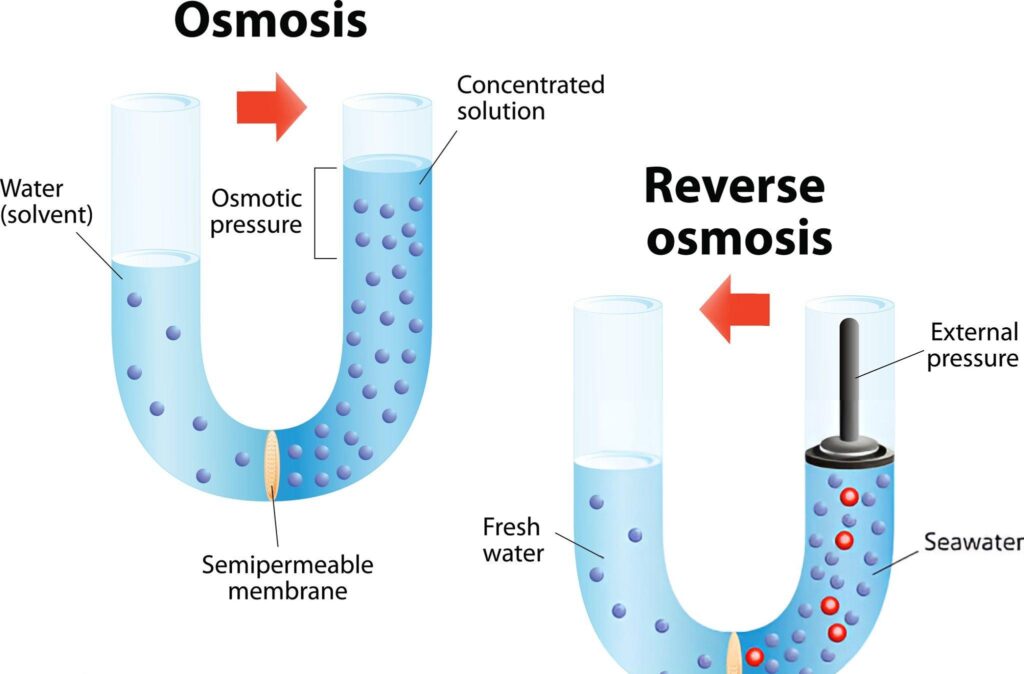
The core component of any reverse osmosis water filtration system is the reverse osmosis membrane, which actively filters out total dissolved solids (TDS) and more contaminants. This crucial element works alongside a series of pre-filters and post-filters, often using carbon filtration to further improve water taste and odor.
In the context of well water, where contaminant variation can be significant, understanding how these different RO components work together is essential.
Many reverse osmosis systems available today range from simple under-sink reverse osmosis setups to large commercial-grade systems.
The process by which a reverse osmosis system functions involves several stages, common under sink systems are between 3 to 5 stage reverse osmosis systems.
Water starts in the sediment and carbon pre-filters, where they filter out the large contaminates from getting to the membrane. Some of these contaminates can damage the membrane, so it extends the life of the most expensive component.
Considering Installation and Maintenance Requirements
Maintenance of a reverse osmosis system generally includes the regular replacement of filters and routine checks to ensure optimal operation.
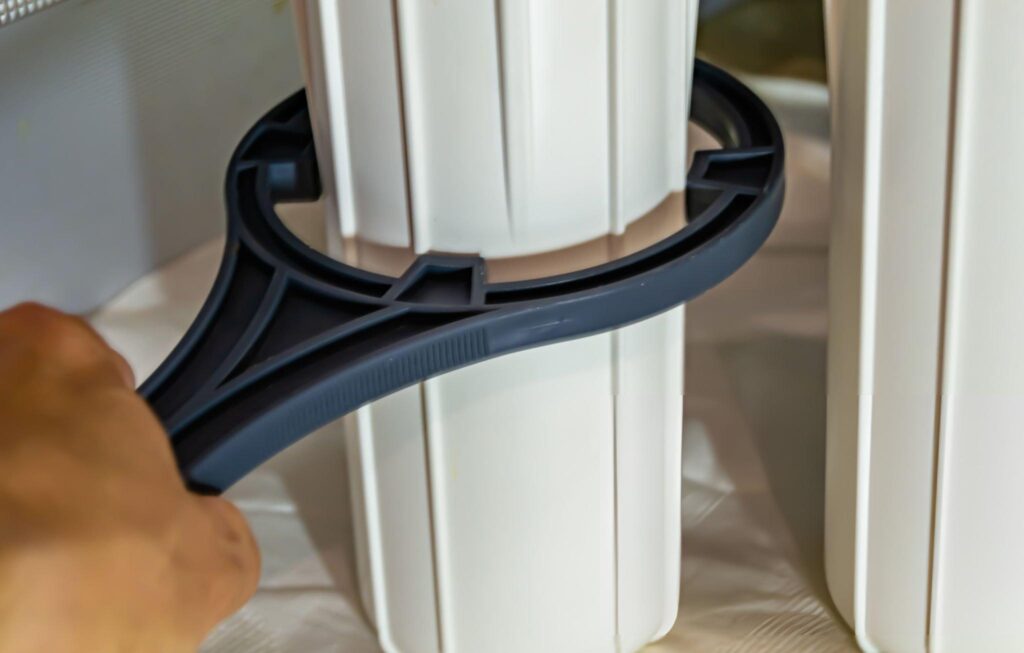
Replacement filters have specific lifespans, measured in filter life, and should be monitored to maintain the system’s integrity and effectiveness in filtering well water. You might want to use a flow meter to track how much water your filter has produced between filter changes so that you stay on top of things.
What do to with the RO system’s waste water?
You probably just want to run the waste water outside where it can help replenish the aquifer. Just make sure to run the hose far enough away from the house to a location that won’t affect buildings. If it’s a significant amount of water you might need to spread it out over a larger area to reduce soil erosion.
